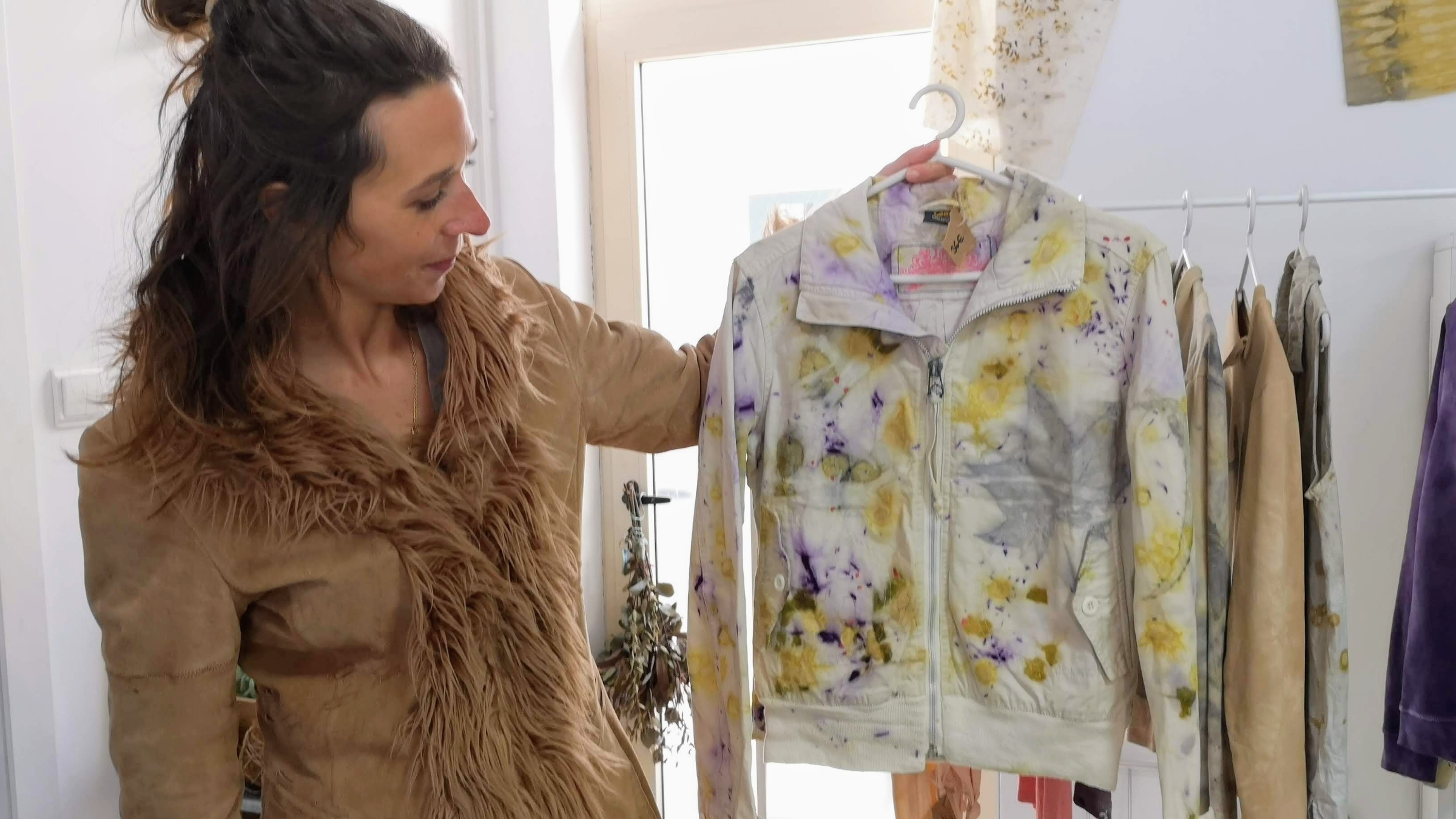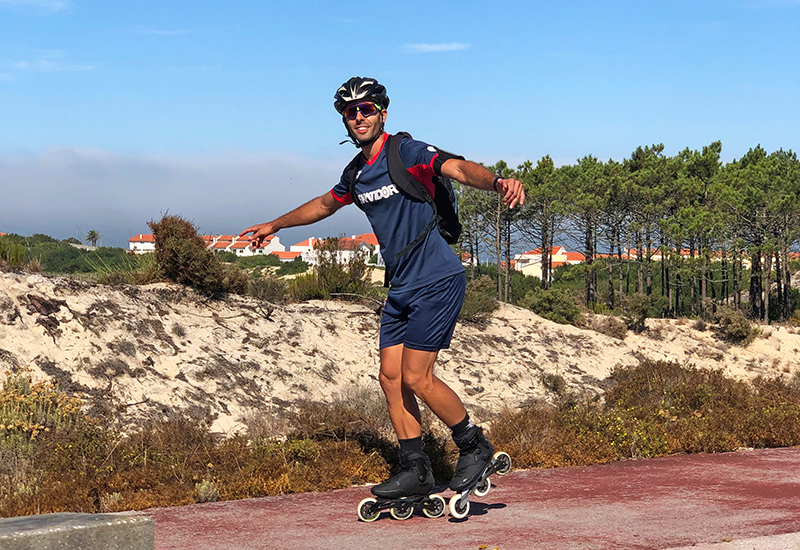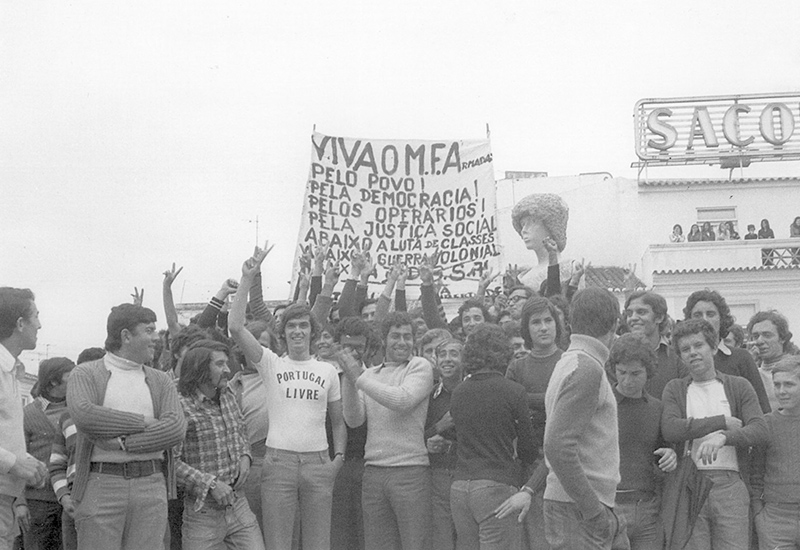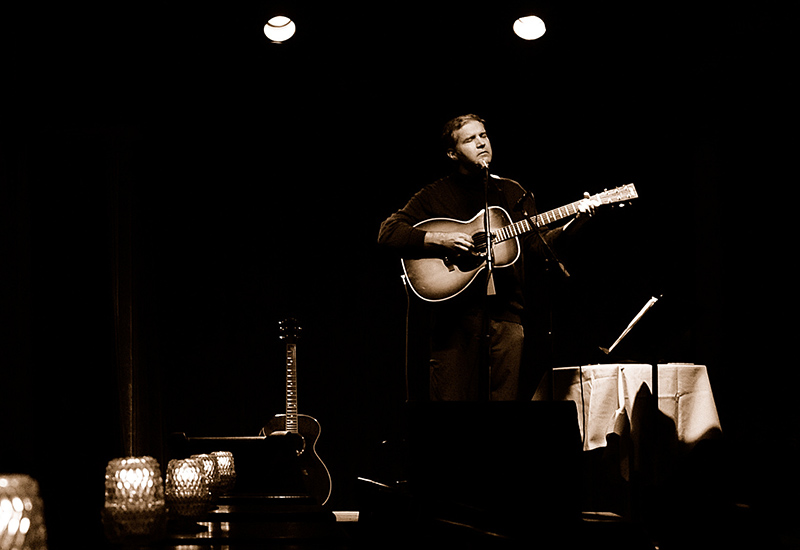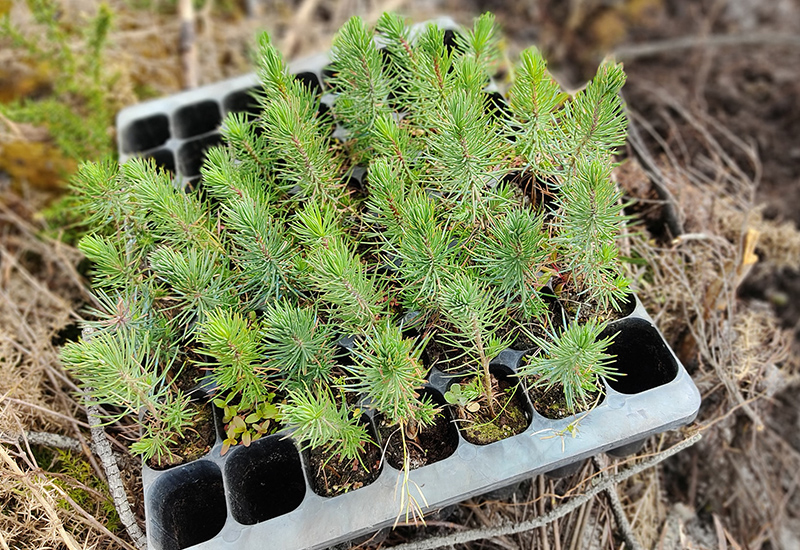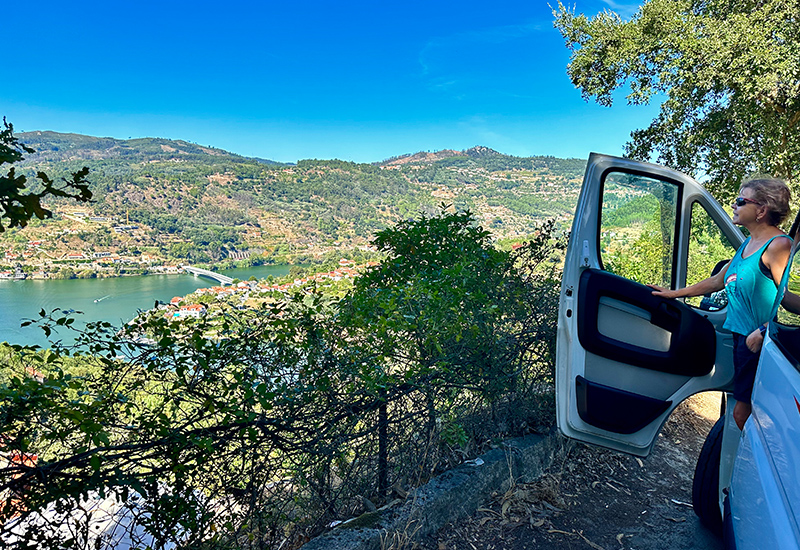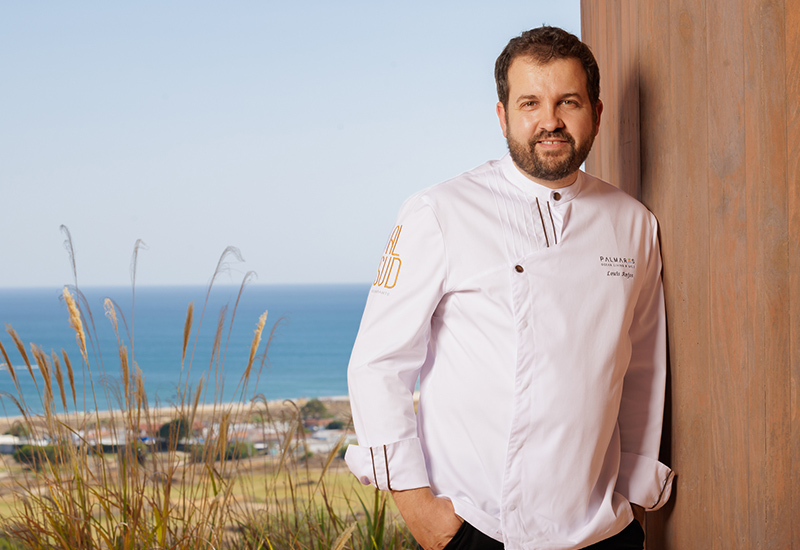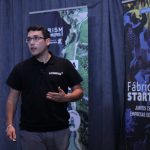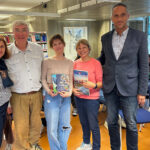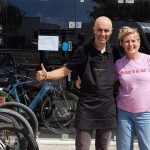Surrounded by Eucalyptus trees in Monchique, where I lived for ten years gave me an affinity for these swaying giants that dominate most of the landscape around the mountain. I spent many a day sitting quietly in the midst of them, first thing in the morning – sometimes also in the night, walking my regular route up behind my house and into the forest, where I felt at home amongst them and oddly protected by their presence.
The abundance of these trees and their vulnerability to being set alight at any minute, especially in summer, has left them in a bitter light amongst the inhabitants they surround. Hence, there has been a lot of negative press surrounding Eucalyptus trees, and so to honour the years that they gave me some much-needed peace and grounding reassurance, I want to show that these trees can also contribute to something positive. Hopefully these evergreens will be seen, in this article anyway, in a different light. Often they are viewed negatively for their unforeseen potential to be monstrous, blazing killers – especially during the scorching summer months.


While visiting a local market, I came across Anne Isaac, an entrepreneurial palliative and psychiatric nurse from Germany. She has started to use Eucalyptus leaves for their natural dyeing ability. Although small in scale, her enterprise demonstrates how these trees can contribute to sustainability. They can also bring happiness and joy through a design purpose that gives old materials and clothes a new lease on life while respecting the already fragile environment.
The textile industry contributes to 92 million tonnes of textile waste a year. Textile mills generate one-fifth of the worlds’ industrial water pollution and use 20,000 chemicals, many of which are carcinogenic (Source BBC). Textile factories burn coal for energy, which directly contributes to air pollution. In China alone, 3 billion tons of soot is released into the air because of the textile industry. Buying second-hand clothes and upcycling is a great solution for individuals to help contribute a little to slowing the climate emergency we are all facing today.
Anne discovered her passion when she was volunteering at the Oasis lodge in Monchique. She wanted to upcycle her own trousers by dyeing them and researched how to do this naturally; respecting the environment is core to her belief system. In Monchique, surrounded by Eucalyptus trees, it seemed a natural way forward to experiment with using the leaves to create a dye to colour her clothes. This was the beginning of her journey as the ‘Dyeing Nomad.’
Born and raised in Germany, she reminisces about playing by herself in nature while she was a child. Being alone in nature and creating for hours was really her ‘happy place’, but somehow life took her in another direction. After ten years of being a nurse in very challenging environments, she began to question the value of her own life. She realised that to go back to her ‘happy place’ she needed to reconnect to nature as she had as a child. She tells me that “her real nature needs nature” and humbly states that “you need to lose yourself to find yourself again,” which she feels she did while working with the sick and dying.


Anne is also a qualified Art Therapist and yoga teacher, running her own practice alongside her daily job as a nurse. Practising mind-body disciplines has helped her evolve, and meditating inspires her creativity. She is hoping to hold workshops in the future that combine a day of dyeing with mind-body discipline.
Along with eucalyptus leaves, she uses food waste products like onion skin, beetroots and cabbage. Recently she experimented with nespra leaves, hibiscus petals and turmeric.
Always hoping to contribute to a zero-waste lifestyle and the community as a whole, she has approached restaurants in the hope that they will save their food waste for her, to reuse to create dyes.
The learning process around dyeing is complex and never-ending. Still, she has found her life calling. Her passion for dyeing is expressed enthusiastically on her Instagram page, where she regularly documents the dyeing process and exhibits her beautiful finished products, which you can now purchase on her Etsy shop online.
If you would like to revive your old rags and learn the process yourself, please connect to her Instagram, where she regularly posts workshop information. In her workshops, she will introduce you to the importance of using a mordant (an inorganic oxide) to help fix the dye to the textile. She uses soya milk, which is not a ‘real’ mordant, but it can be used instead of acidic salts. When cottons and linens are soaked in soy milk, it helps them absorb the eucalyptus colour better as the protein in the milk helps the linen take up the dye.
There is a wealth of colourful information she is ‘dyeing’ to share with you, so take the opportunity to attend a workshop, learn a new skill and make your own bespoke fashion statement.
Instagram: @the.dyeing.nomad
